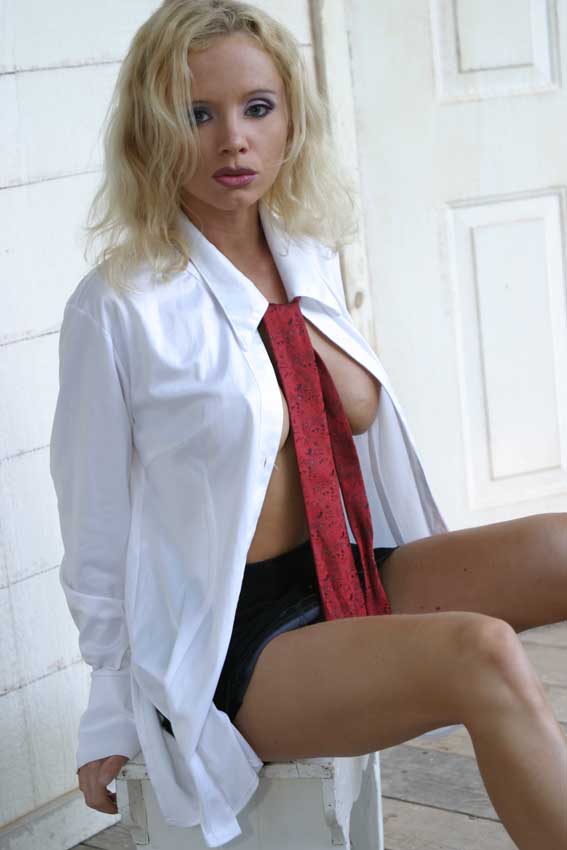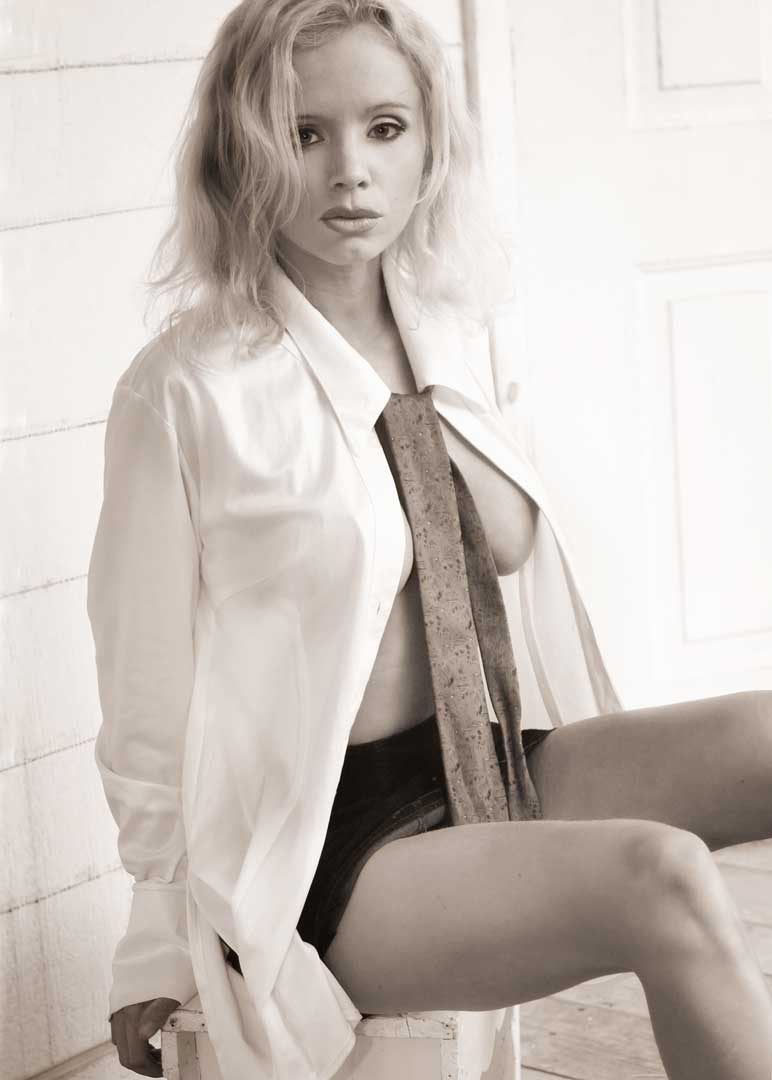Today’s Post by Joe Farace
This post is another in a long series of posts that I’ve written about shooting, creating and converting portraits into black and white images. If you’ve seen and read some of these posts, today’s may (or may not) add some additional thoughts on the subject.
 I’ve long believed that black and white is a wonderful media for creating portraits because it produces a classic look and portrait photographers around the country have told me that (pre-pandemic) more and more of their portraits were sold as black & white prints.
I’ve long believed that black and white is a wonderful media for creating portraits because it produces a classic look and portrait photographers around the country have told me that (pre-pandemic) more and more of their portraits were sold as black & white prints.
I think it’s because the lack of color immediately simplifies an image, causing you to focus on the person, who is the real subject of the photograph instead of their clothing or surroundings. And sometimes the nature of the portrait subject itself demands that the image be photographed in black and white. Arnold Newman’s 1946 portrait of composer Igor Stravinsky sitting at a piano could never have been made in color and have the same impact that it has as a monochrome image.
 How I Made this Shot: Above right is what the original unretouched, unedited color file—Straight Out Of the Camera—portrait of Anna Lieb looked like. The original portrait was shot in color and was made with a Canon EOS 50D and EF 28-105mm f/3.5-4.5 II USM lens (at 58mm.) Canon discontinued this useful lens but you can usually pick up used copies on Amazon or eBay for reasonable prices. Exposure was 1/80 sec at f/4.5 and ISO 200 with an EX550 speedlite used as fill, although it could have used a little more fill because it’s slightly underexposed.
How I Made this Shot: Above right is what the original unretouched, unedited color file—Straight Out Of the Camera—portrait of Anna Lieb looked like. The original portrait was shot in color and was made with a Canon EOS 50D and EF 28-105mm f/3.5-4.5 II USM lens (at 58mm.) Canon discontinued this useful lens but you can usually pick up used copies on Amazon or eBay for reasonable prices. Exposure was 1/80 sec at f/4.5 and ISO 200 with an EX550 speedlite used as fill, although it could have used a little more fill because it’s slightly underexposed.
The first thing I did was use the technique describe here for “Correcting Underexposed Portraits.” Then, because I am, if nothing borderline OCD, I rotated the original JPEG file two degrees clock-wise to make the composition more appealing, at least to me. After a light retouching, the file was converted to black and white using one of the best software emulation tools available, Alien Skin’s Exposure series of plug-ins. One of the upsides of converting a color shot to black and white is that color images are much easier to retouch than monochrome files because there are so many more color tones to work with. Tip: So retouch before conversion.
Using Exposure I applied their only Cinema preset for black and white—Wizard of Oz—backing down the Overall Intensity slider to 50% to keep Anna from looking too much like Dorothy. The finished, (converted) monochrome image was converted to monochrome, not just black-and-white, since it has a warm tone reminiscent of Agfa’s Portriga paper that was popular in the traditional wet darkroom. The Glamour Glow filter from Color Efex Pro was applied to soften the converted image.
 If you enjoyed today’s blog post and would like to buy Joe a cup of Earl Grey tea ($2.75, Starbucks has raised the price of Earl Grey), click here. And if you do, thank you very much.
If you enjoyed today’s blog post and would like to buy Joe a cup of Earl Grey tea ($2.75, Starbucks has raised the price of Earl Grey), click here. And if you do, thank you very much.
If you’re interested in learning how I use cameras, lenses and lighting in my in-home studio and on location, please pick up a copy of Studio Lighting Anywhere which is available new from Amazon.com for $32.05 or used for around seven bucks, as I write this. The Kindle version is $19.99 for those preferring a digital format.